Home>Garden Essentials>What Part Of The Plant Produces Seeds
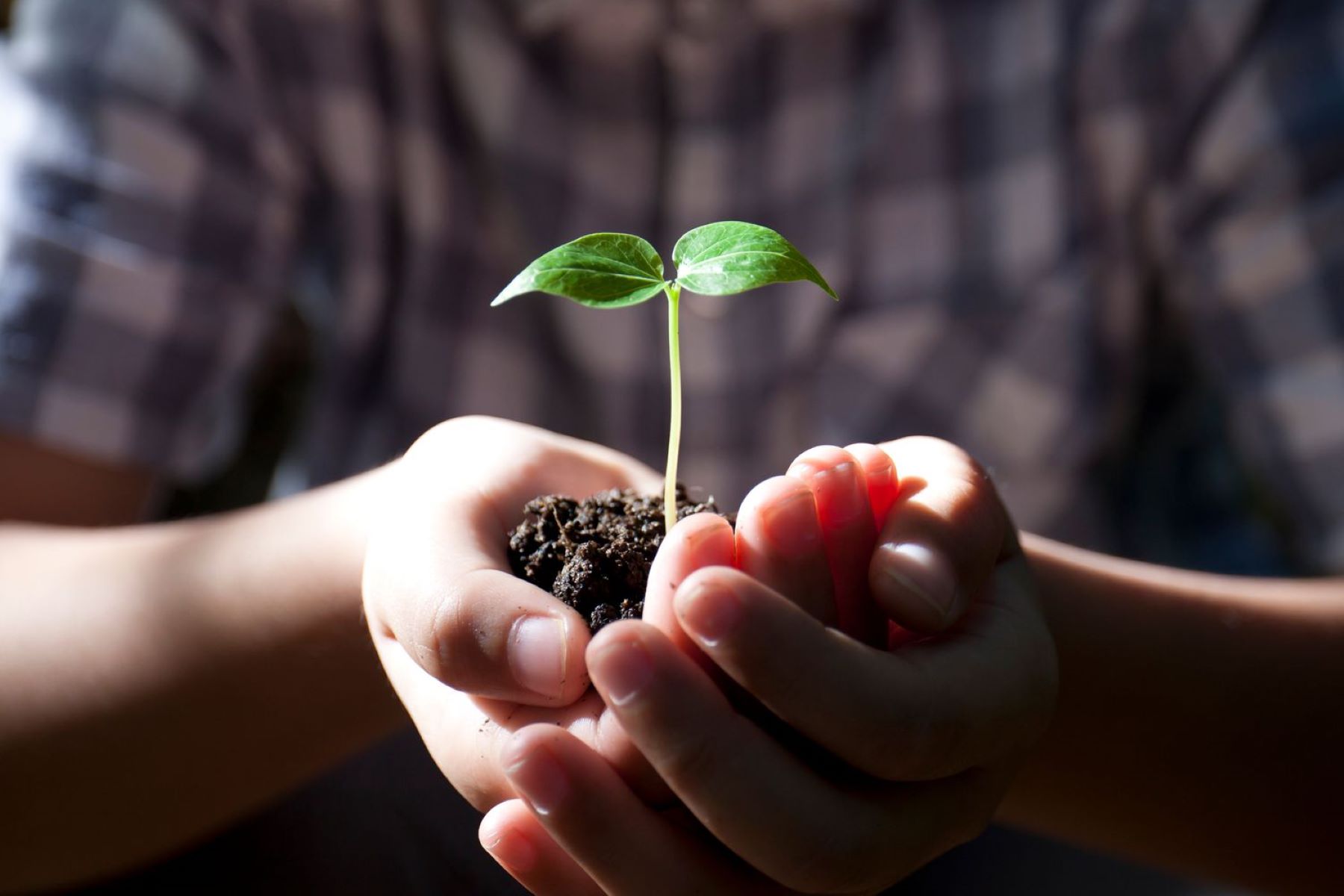

Garden Essentials
What Part Of The Plant Produces Seeds
Modified: March 24, 2024
Discover the answer to "What part of the plant produces seeds" in your garden. Explore the fascinating process of seed production and learn how to cultivate your own seeds.
(Many of the links in this article redirect to a specific reviewed product. Your purchase of these products through affiliate links helps to generate commission for Storables.com, at no extra cost. Learn more)
Introduction
Seeds play a crucial role in the reproduction and survival of plants. They contain all the necessary genetic information and nutrients needed for a plant to grow and develop. Whether you’re an avid gardener or simply curious about the natural world, understanding the basics of seed production can deepen your appreciation for the wonders of nature.
In this article, we will explore the fascinating world of seeds, delving into their anatomy, production, and importance in plant reproduction. By the end, you’ll have a comprehensive understanding of the role seeds play in the circle of life.
So, let’s dive into this botanical journey and discover What Part of the Plant Produces Seeds.
Key Takeaways:
- Seeds are like nature’s magic capsules, carrying all the instructions for a plant to grow. They’re crucial for plant survival, food production, and maintaining ecological balance.
- From their formation to dispersal, seeds are nature’s way of ensuring the continuity of plant life. They’re like tiny packages of hope and renewal, embodying the power of nature to regenerate itself.
Read more: What Part Of The Banana Is The Seed
Definition and Purpose of Seeds
Seeds are the embryo of a plant enclosed in a protective covering. They are formed when the female reproductive organ of a flower, the ovary, is fertilized by the male reproductive organ, the pollen. This fertilization process triggers the development of seeds within the ovary.
The primary purpose of seeds is to ensure the survival and propagation of plant species. They serve as a means of dispersal, allowing plants to colonize new areas and expand their range. Seeds can be carried by wind, water, animals, or even humans, enabling plants to reach distant locations and establish new populations.
Seeds also act as a storage unit for essential nutrients and energy reserves that provide nourishment for the developing embryo. This stored energy allows the seed to survive until conditions are favorable for germination, providing a head start for the young plant.
Beyond their role in reproduction and dispersal, seeds have numerous other purposes. They serve as a vital food source for humans and animals, providing sustenance and contributing to the biodiversity of our planet. Additionally, seeds are crucial for agricultural practices, serving as the foundation for crop production and food security.
Overall, seeds are remarkable structures designed to ensure the continuity of plant life. Their ability to withstand adverse conditions, travel long distances, and provide nourishment makes them a fundamental component of the natural world.
Anatomy of a Seed
A seed consists of several essential parts, each serving a specific function in the development and growth of a plant. Understanding the anatomy of a seed can provide valuable insights into its remarkable adaptability.
The outermost layer of a seed is called the seed coat or seed coat. It is a protective covering that shields the internal structures from mechanical damage, pathogens, and drying out. The seed coat can vary in texture, thickness, and color, depending on the plant species.
Underneath the seed coat lies the endosperm, a nutrient-rich tissue that surrounds the embryo. The endosperm serves as a food source for the developing seedling, providing essential carbohydrates, proteins, and lipids. In some plants, such as corn and wheat, the endosperm constitutes the major portion of the seed.
Within the endosperm resides the embryo, the young plant in its earliest form. The embryo typically consists of three main parts: the cotyledons, the epicotyl, and the radicle. The cotyledons are the primary seed leaves, and their number can vary depending on the plant species. They play a crucial role in absorbing nutrients from the endosperm during germination. The epicotyl is the portion of the embryo that will develop into the shoot, producing leaves and stems. The radicle is the embryonic root, responsible for anchoring the plant and absorbing water and nutrients from the soil.
Embedded within the embryo is the primary shoot apical meristem, a region of rapidly dividing cells that will give rise to all the above-ground parts of the plant, including the stem, leaves, and flowers. The shoot apical meristem is a critical component in the development and growth of the plant.
It’s fascinating to consider that within the tiny confines of a seed, all the instructions for the development and growth of a whole plant are encoded. The intricate interplay of these anatomical structures allows seeds to survive diverse environmental conditions and give rise to new life.
Seed Production in Plants
Seed production is a crucial process in the life cycle of flowering plants. It involves the development and maturation of seeds, which requires specific conditions and a complex series of events.
The process of seed production begins with the formation of flowers. Flowers are the reproductive structures of plants and contain both male and female reproductive organs. The male reproductive organ, called the stamen, produces pollen, while the female reproductive organ, known as the pistil or carpel, contains the ovary, where seeds will eventually form.
Pollen grains are released from the anthers, which are part of the stamen, and are transported to the pistil by various means, including wind, insects, birds, or other animals. This transfer of pollen is called pollination and is essential for seed production.
Once the pollen grains reach the pistil, they land on a sticky structure called the stigma. From there, the pollen grains germinate, sending out a tube-like structure called the pollen tube. This tube grows through the style, a long, slender part of the pistil, eventually reaching the ovary.
Inside the ovary, the fertilization process takes place. The male gametes (sperm) from the pollen tubes unite with the egg cells in the ovules, which are located in the ovary. This fusion of gametes results in the formation of an embryo, which will develop into a new plant.
As the fertilized ovules develop, they undergo changes that lead to the formation of seeds. The ovules develop into structures called seeds with the embryo enclosed within them. At this stage, the pistil becomes the fruit, providing protection and aiding in seed dispersal.
Seed production is influenced by many factors, including environmental conditions, pollinator availability, and genetic traits of the plant. Plants have evolved various mechanisms to ensure successful seed production, such as producing large quantities of pollen, producing attractive flowers to attract pollinators, and synchronizing flowering times to increase the chances of pollination.
Seed production is vital for plant survival, as it allows for the propagation and continuation of plant species. It also contributes to the diversity and resilience of ecosystems, as seeds serve as the genetic reservoir for adaptation and evolution.
Pollination and Fertilization
Pollination and fertilization are key processes in seed production, as they ensure the transfer of genetic material and the development of viable seeds. Let’s explore these fascinating processes in detail.
Pollination is the transfer of pollen from the male reproductive organs of a flower to the female reproductive organs. This transfer can occur through various means, including wind, water, insects, birds, and other animals. Plants have evolved different strategies to attract pollinators, such as producing colorful flowers, releasing fragrant scents, or providing nectar as a reward.
During pollination, pollen grains are deposited on the stigma, which is part of the female reproductive structure called the pistil. The stigma is sticky or has small hairs that help in trapping the pollen grains. From there, the pollen grains germinate and develop pollen tubes, which grow through the style and reach the ovary.
Fertilization occurs when the pollen tubes reach the ovules, which are located within the ovary. The male gametes (sperm cells) contained in the pollen tubes unite with the female gametes (egg cells) within the ovules through a process called double fertilization. One sperm cell fertilizes the egg cell, giving rise to the embryo, while the other sperm cell combines with two other specialized cells to form endosperm, a nutrient-rich tissue that provides nourishment for the developing embryo.
After fertilization, the ovule undergoes various changes that lead to seed development. The ovule transforms into a seed, with the embryo, endosperm, and seed coat forming within it. The ovary, which held the ovules, often develops into a fruit, serving as protection and aiding in seed dispersal.
The process of pollination and fertilization is intricate and relies on the coordinated efforts of plants and their pollinators. This mutualistic relationship benefits both parties: plants ensure their reproductive success, while pollinators gain access to nectar or food resources.
It’s important to note that not all plants require pollination to produce seeds. Some plants can self-pollinate, meaning that they can fertilize themselves without the need for external pollinators. Others, such as certain grasses and trees, rely on wind pollination, where pollen is carried by the wind to reach female reproductive structures.
Pollination and fertilization are critical processes that contribute to the diversity and resilience of plant species. By enabling genetic recombination and the formation of new seeds, these processes promote adaptation and evolution, ensuring the continuity of plant life.
The part of the plant that produces seeds is the flower. The reproductive organs of the flower, including the stamen and pistil, work together to create and protect the seeds.
Read more: What Part Of The Coconut Is The Seed
Development of Seeds
The development of seeds is a fascinating and complex process that occurs after fertilization. From the initial formation of the embryo to the maturation of the seed, various stages mark the journey of seed development.
After fertilization, the zygote, which is the result of the fusion between the male and female gametes, begins to divide and differentiate. This process gives rise to the embryo, the miniature plant within the seed. The embryo typically consists of a root, stem, and cotyledons, which are the seed leaves.
As the embryo develops, the surrounding tissues, such as the endosperm and the seed coat, also begin to form. The endosperm, which provides nourishment to the growing embryo, may either remain as a part of the seed or be absorbed by the cotyledons, depending on the plant species.
As the seed continues to develop, the embryo acquires distinct structures, such as the shoot apical meristem, which will give rise to the plant’s above-ground parts, and the radicle, which will develop into the root system. The cotyledons play a vital role during germination by providing nutrients to support the initial growth of the seedling.
During the later stages of seed development, the seed coat undergoes changes to protect the developing embryo. The seed coat may thicken, harden, or form specialized structures depending on the plant species. These adaptations ensure the seed’s protection from physical damage, disease, and desiccation.
The development of seeds also involves the accumulation of reserves and nutrients. The endosperm or cotyledons in the seed store essential carbohydrates, proteins, and lipids that provide the energy and nutrients necessary for germination and early growth when the seed enters its dormant stage.
As the seed development process nears completion, the seed enters a phase of maturation. At this point, the seed becomes physiologically mature and reaches a state of dormancy, which is vital for its long-term survival. Dormancy helps the seed withstand unfavorable conditions, such as extreme temperatures or lack of water, until suitable germination cues are present.
The development of seeds is a remarkable journey that ensures the continuity of plant species. From the initial fertilization to the maturation of the seed, each step in the process contributes to the resilience and adaptability of plants in various environments.
Types of SeedsSeeds come in a remarkable variety of shapes, sizes, and adaptations to suit the diverse needs of different plant species. Let’s explore some common types of seeds and their unique characteristics.
- Orthodox Seeds: Orthodox seeds are the most common type of seed and can tolerate drying and freezing conditions. They have a low moisture content and can withstand long periods of dormancy. This type of seed is found in many trees, shrubs, and herbaceous plants.
- Recalcitrant Seeds: In contrast to orthodox seeds, recalcitrant seeds are unable to tolerate drying or low temperatures. They have high moisture content and cannot be stored for long periods. Recalcitrant seeds are found in tropical and subtropical plants such as cacao, durian, and mango.
- Epigeal Seeds: Epigeal seeds germinate while remaining above the soil surface. The cotyledons emerge and become green, providing energy for the growing seedling. Examples of plants with epigeal seeds include beans, sunflowers, and peas.
- Hypogeal Seeds: Hypogeal seeds remain below the soil surface during germination. The cotyledons remain within the seed coat and do not become green. Examples of plants with hypogeal seeds include peanuts, corn, and oak trees.
- Endospermic Seeds: Endospermic seeds contain a significant amount of endosperm, a tissue that provides nourishment to the developing embryo. Many grains, such as rice, wheat, and barley, are endospermic seeds.
- Non-endospermic Seeds: Non-endospermic seeds do not have a significant endosperm tissue. The cotyledons in these seeds provide the necessary nutrients for germination and early growth. Examples of non-endospermic seeds include beans, almonds, and coconuts.
- Orchid Seeds: Orchid seeds are unique in their reproductive strategy. They are extremely tiny and lack endosperm. To successfully germinate, orchid seeds require a symbiotic relationship with mycorrhizal fungi, which provide essential nutrients for their growth.
Each type of seed has evolved to suit the specific needs and environmental conditions of the plant species. Whether it’s the ability to withstand extreme temperatures, adapt to different soil conditions, or rely on symbiotic relationships, seeds display an incredible diversity of adaptations for survival and reproduction.
Understanding the various types of seeds can deepen our appreciation for the remarkable strategies that plants have developed to ensure their future generations.
Importance of Seeds in Plant Reproduction
Seeds play a critical role in the reproduction and survival of plant species. They serve as the primary method of propagating plants, ensuring the continuity of their genetic diversity and enabling them to adapt to changing environmental conditions. Let’s explore the importance of seeds in plant reproduction.
Genetic Continuity: Seeds allow plants to pass on their genetic information to future generations. Through the process of pollination and fertilization, seeds contain a combination of genetic material from both the male and female parent plants. This genetic diversity is essential for the long-term survival of a species, as it increases the chances of adapting to environmental challenges.
Dispersal Mechanism: Seeds possess remarkable adaptations that facilitate their dispersal to new locations. They may have structures such as wings, hooks, or barbs that enable them to become attached to animals or be carried by wind or water. This dispersal mechanism allows plants to colonize new areas, establish new populations, and prevent overcrowding in a given area.
Dormancy and Survival: Seeds can enter a state of dormancy, remaining viable for extended periods until suitable conditions for germination occur. This dormancy helps seeds survive unfavorable seasons, such as droughts, cold winters, or fire. Some seeds have specific cues, such as exposure to heat, cold, or moisture, triggering their germination. This ability to remain dormant and germinate when conditions are favorable increases the chances of survival for plant species.
Food Reserve: Seeds serve as a source of nourishment for the developing embryo during germination. The endosperm or cotyledons within the seed contain essential carbohydrates, proteins, and lipids that provide energy and nutrients for early growth. This stored food reserve enables seedlings to establish themselves and grow until they can produce their own nutrients through photosynthesis.
Crop Production and Food Security: Seeds are crucial for agricultural practices and food security. Through selective breeding and the development of improved seed varieties, farmers can enhance crop yields, improve disease resistance, and increase overall productivity. The availability of quality seeds is vital for reliable and sustainable food production to meet the needs of a growing global population.
Ecological Balance: Seeds contribute to the ecological balance by supporting the diversity of plant species. They provide a vital food source for animals, insects, and birds, ensuring a balanced ecosystem. Seeds also play a crucial role in restoring and maintaining natural habitats, as they can be used in reforestation projects, habitat restoration, and conservation efforts.
Overall, seeds are integral to the reproductive success, genetic diversity, and survival of plant species. They possess remarkable adaptations that allow for dispersal, dormancy, and nourishment of the developing embryo. The importance of seeds extends beyond individual plants to encompass the ecosystem as a whole, contributing to food security, ecological balance, and the sustainability of our natural world.
Conclusion
Seeds are truly nature’s miracle packages. They possess the incredible ability to ensure the survival and propagation of plants, allowing them to adapt, flourish, and fulfill their role in maintaining the balance of our planet’s ecosystems.
Throughout this article, we’ve explored the various aspects of seed production, from their formation through pollination and fertilization to their development and diverse types. Seeds are not only the starting points of plants but also the carriers of genetic information, enabling plant species to continue their lineage.
Seeds exhibit remarkable adaptations, such as dispersal mechanisms, dormancy, and stored food reserves, which increase their chances of survival and successful germination. They play crucial roles in ecological balance, providing food sources for animals and contributing to the stability and diversity of ecosystems.
Furthermore, seeds are of immense importance in agriculture and food production. Through selective breeding and the utilization of improved seed varieties, crop yields can be increased, disease resistance enhanced, and overall food security improved.
As gardeners, plant lovers, or simply as curious observers of the natural world, understanding the intricacies of seed production and the vital role seeds play in plant reproduction allows us to appreciate the complexity and beauty of nature’s mechanisms. Every seed represents endless possibilities and the potential for growth and renewal.
So, next time you hold a seed in your hand, take a moment to marvel at its significance. It is a testament to the resilience, adaptability, and interconnectedness of all living things.
Remember, seeds are not just tiny packages of life but the embodiment of hope, continuity, and the power of nature to regenerate itself for generations to come.
Frequently Asked Questions about What Part Of The Plant Produces Seeds
Was this page helpful?
At Storables.com, we guarantee accurate and reliable information. Our content, validated by Expert Board Contributors, is crafted following stringent Editorial Policies. We're committed to providing you with well-researched, expert-backed insights for all your informational needs.
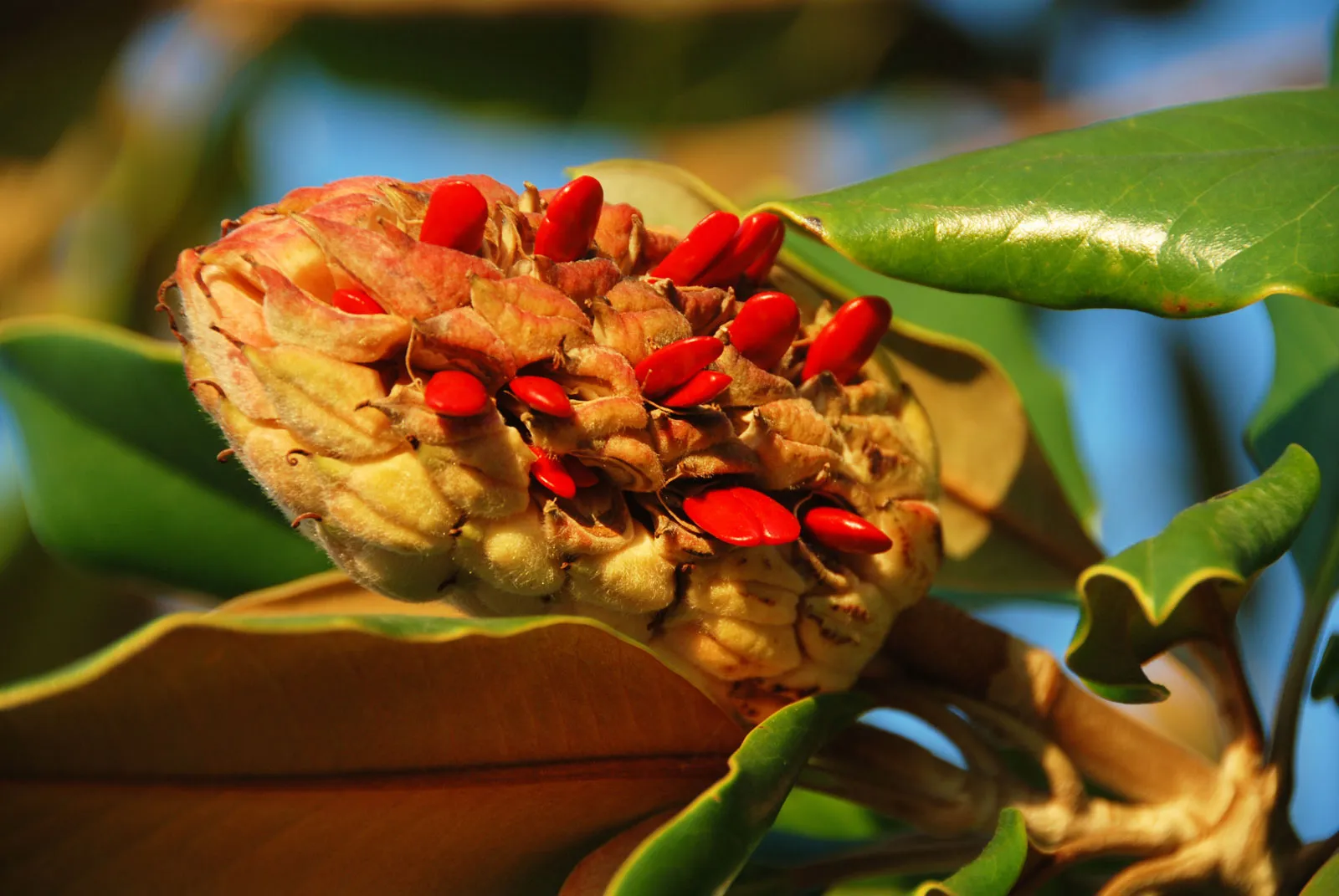
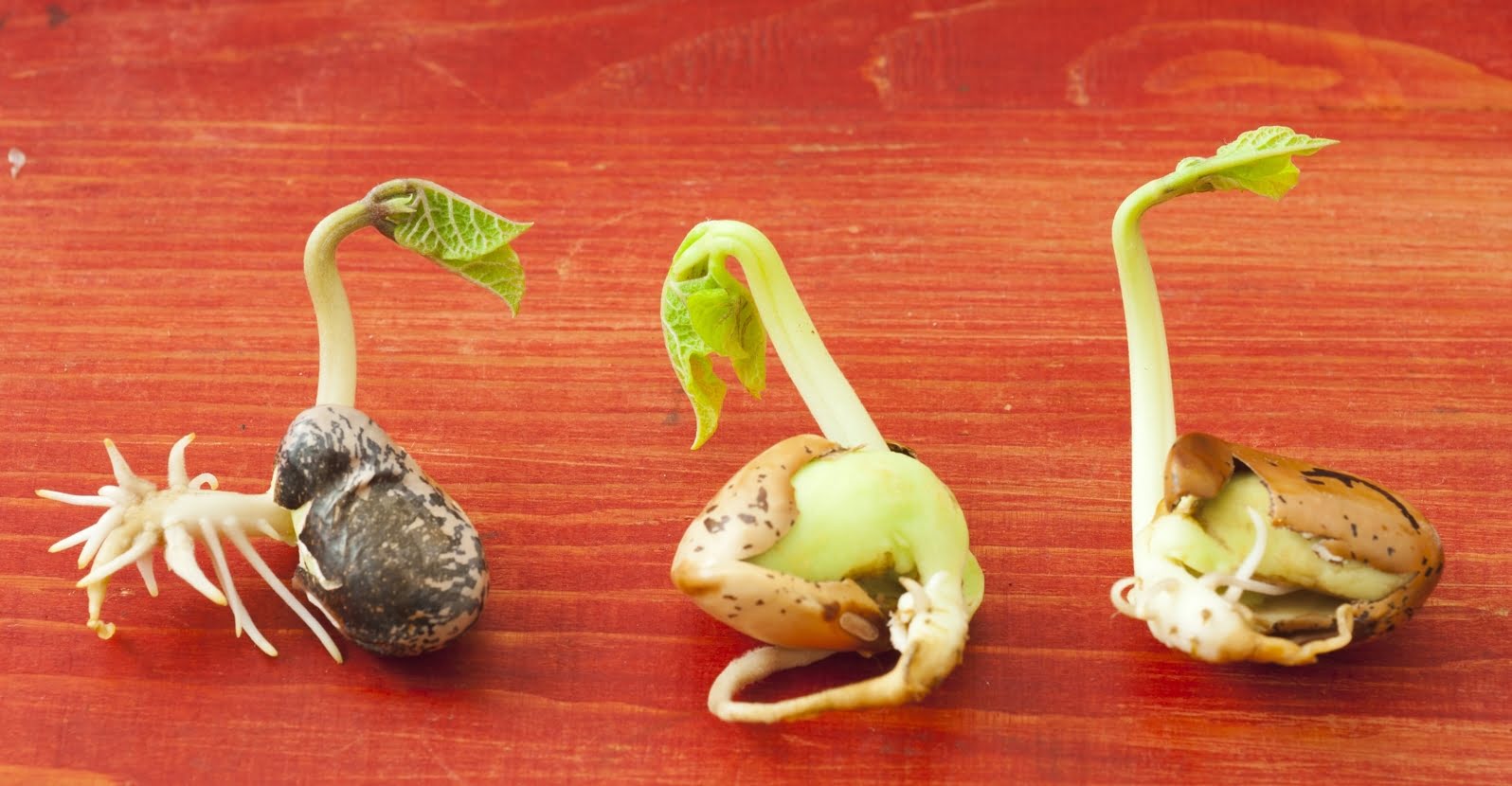
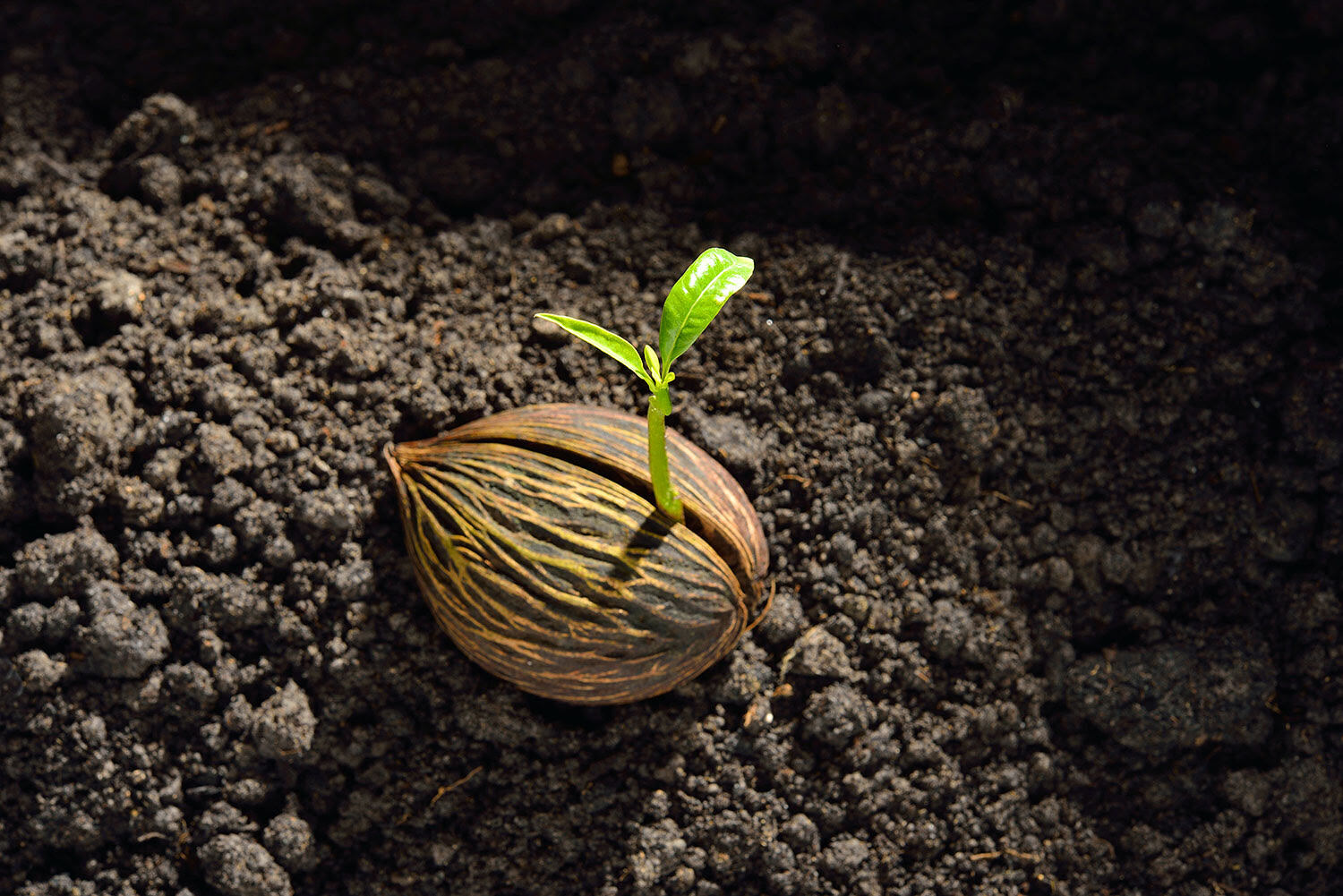
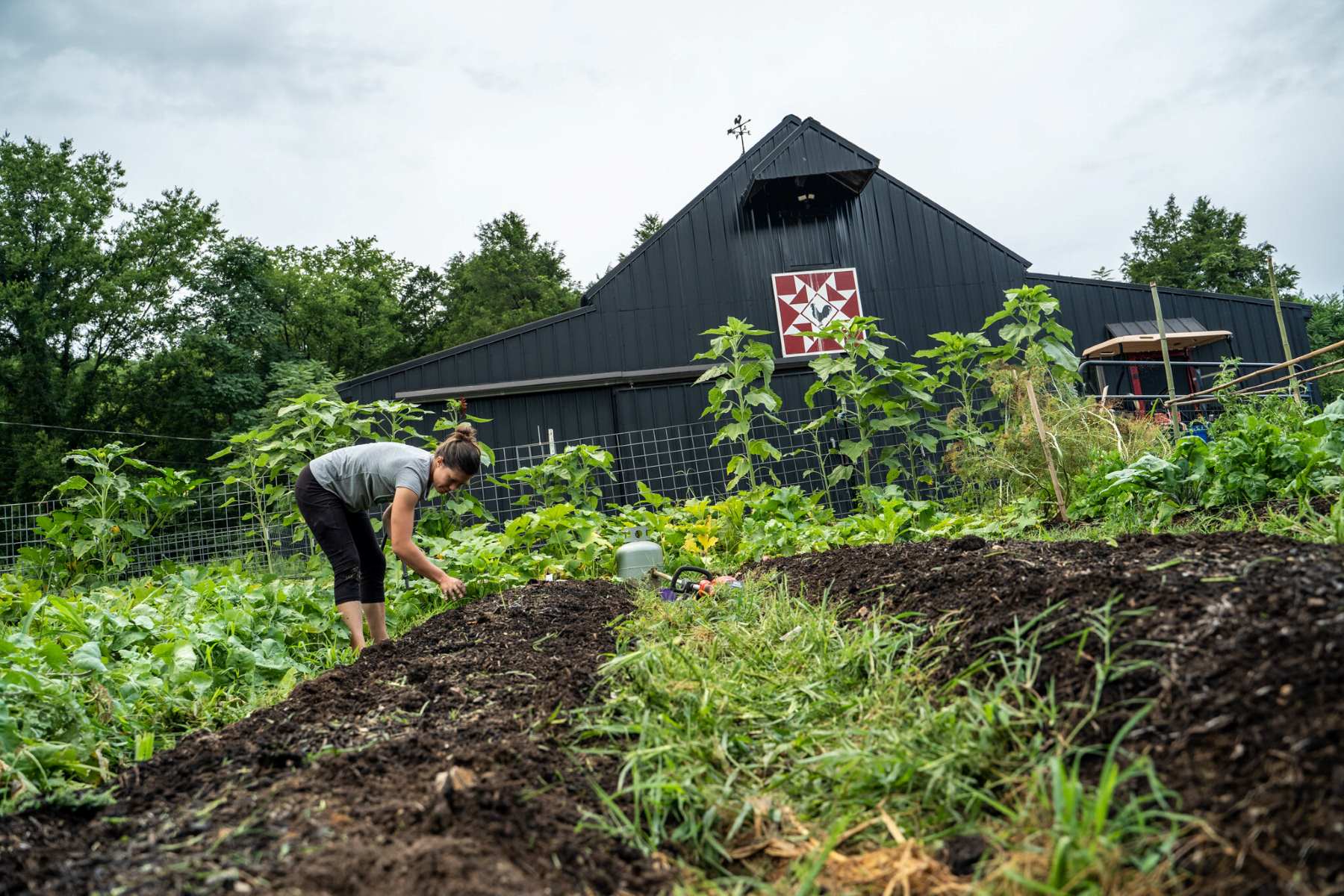
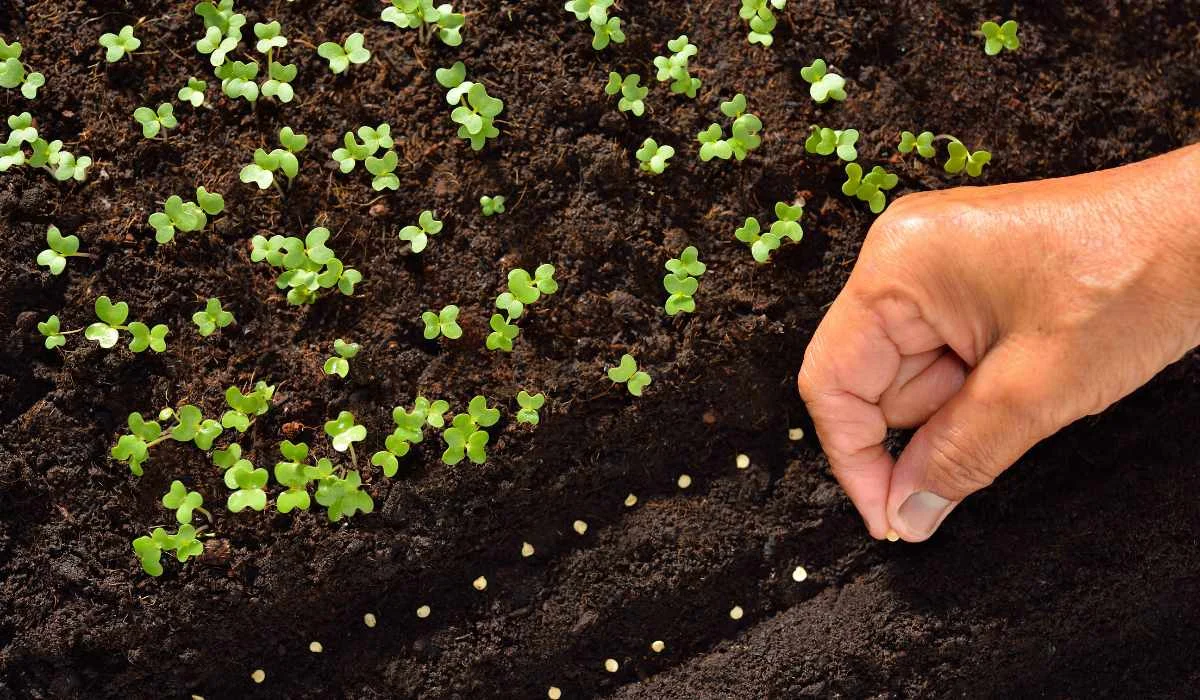
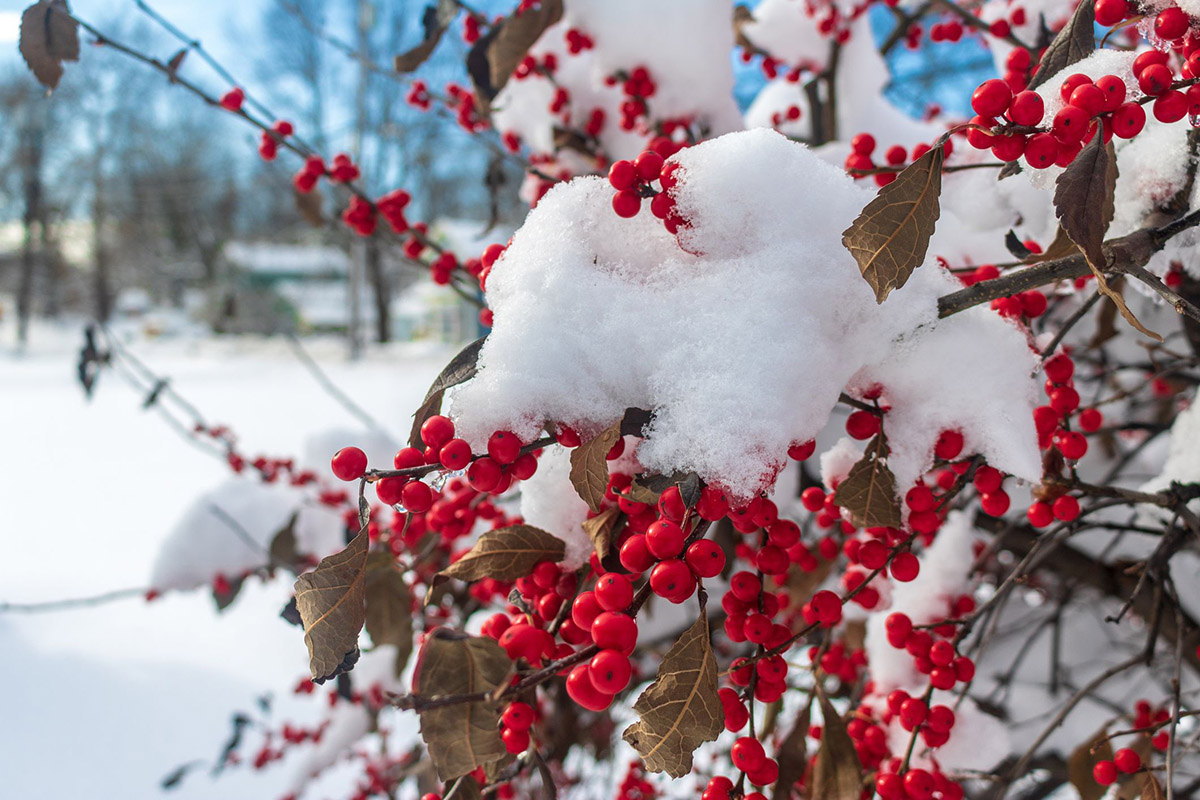
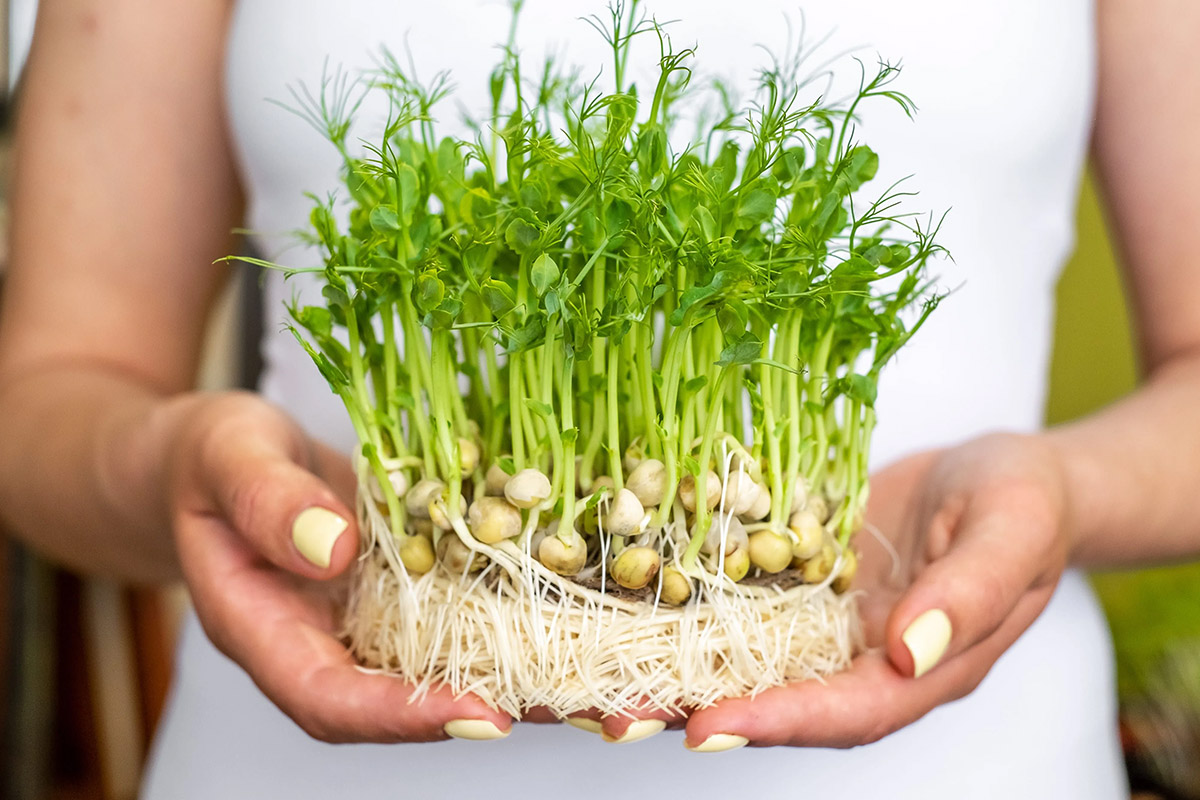
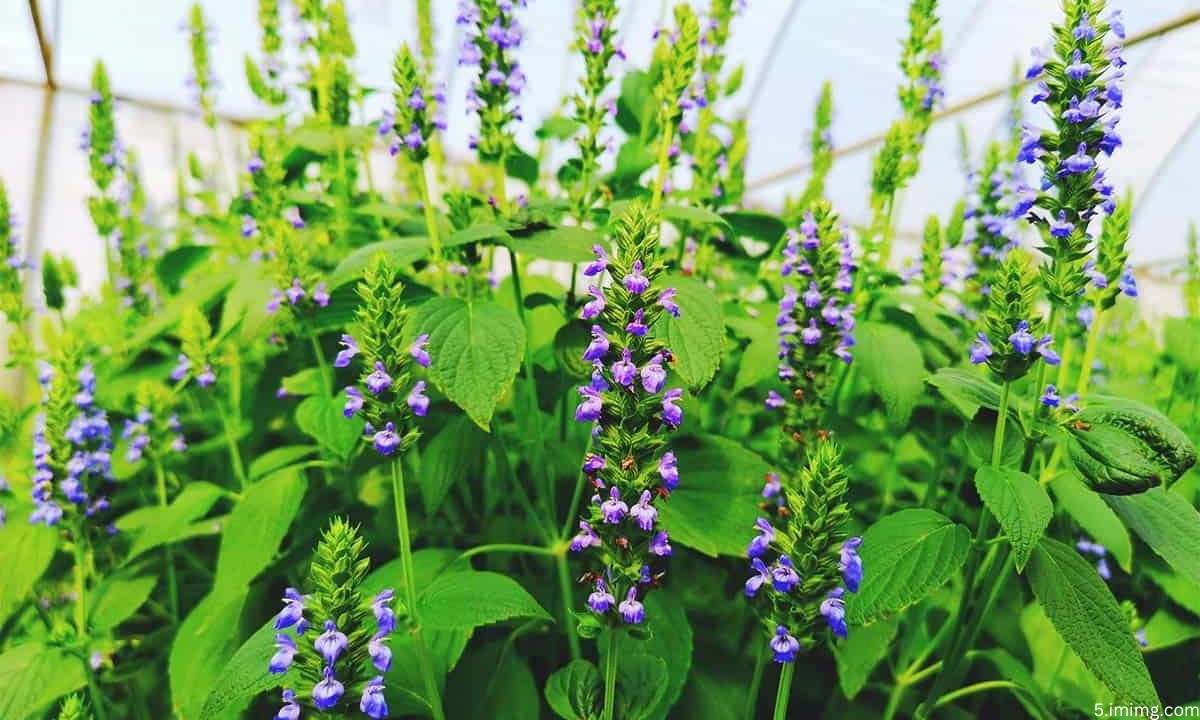
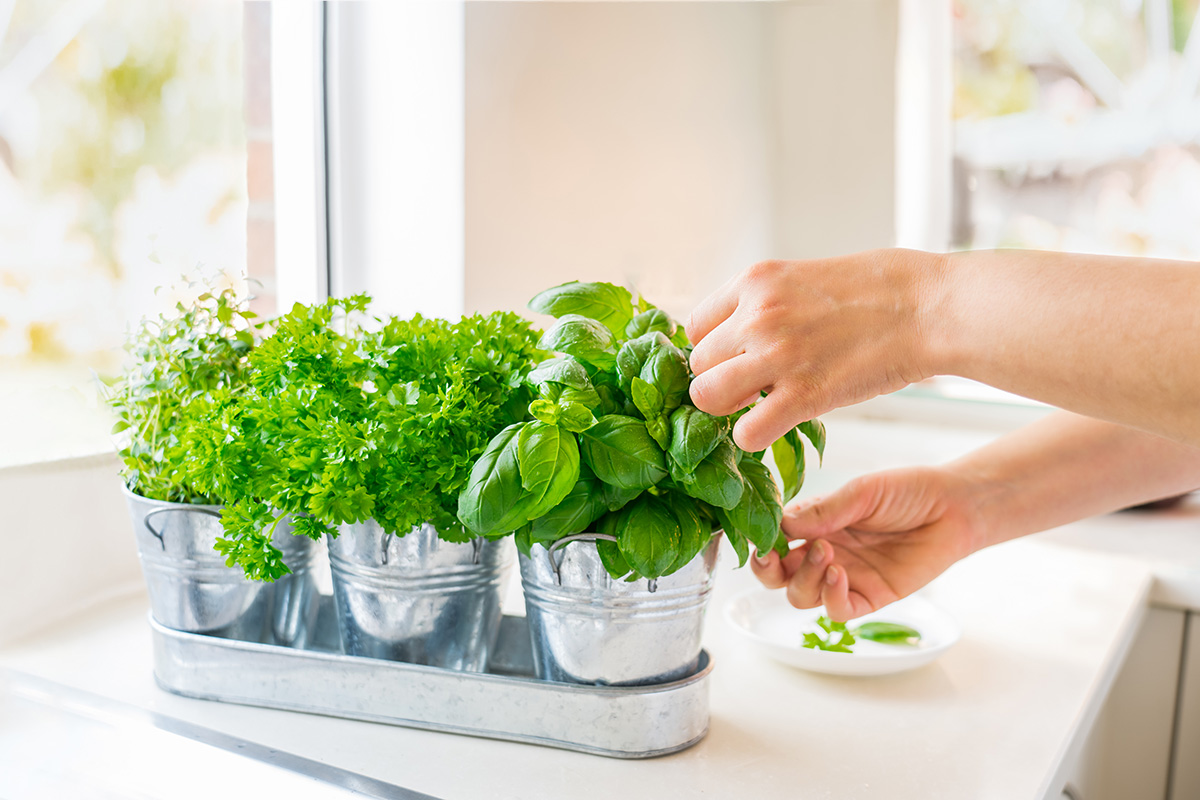
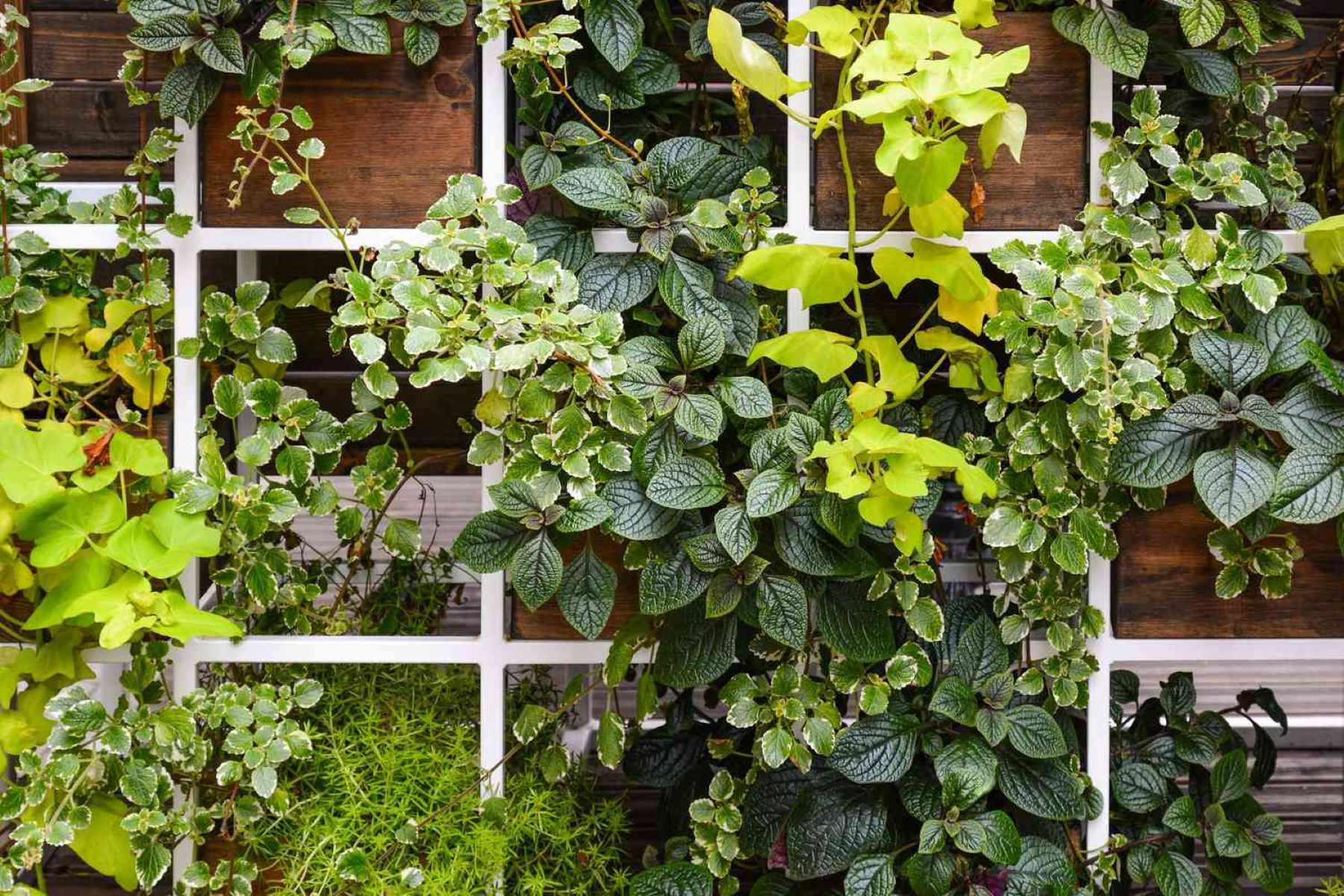
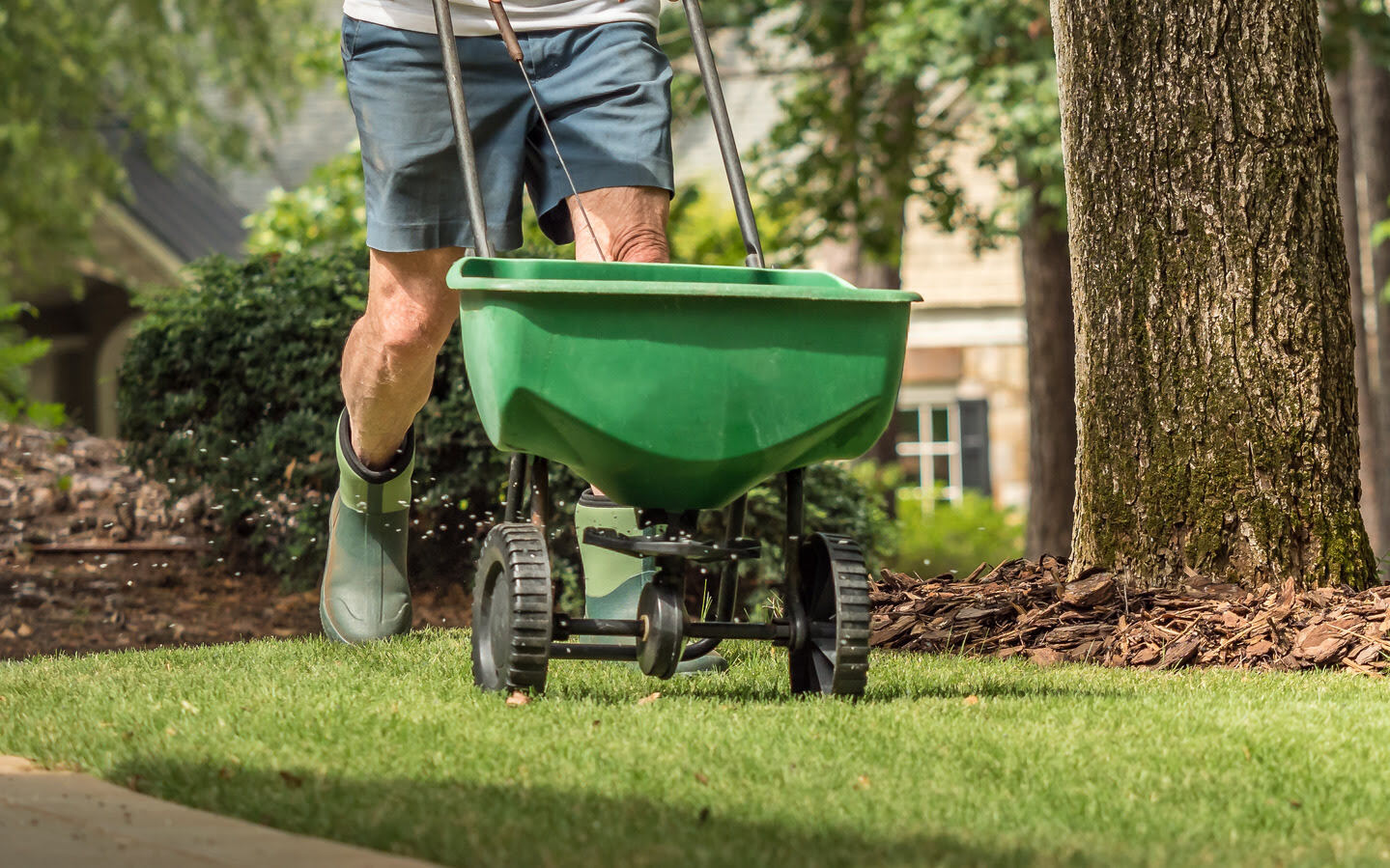
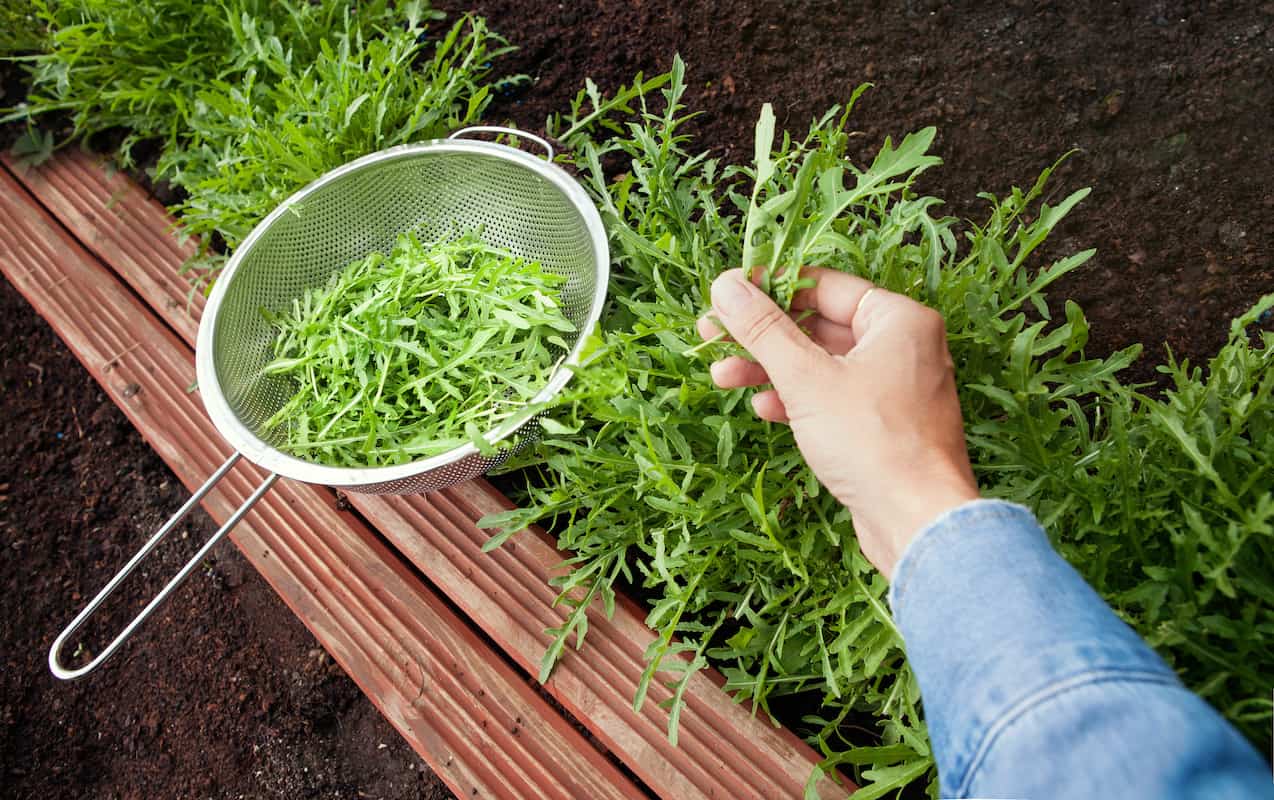
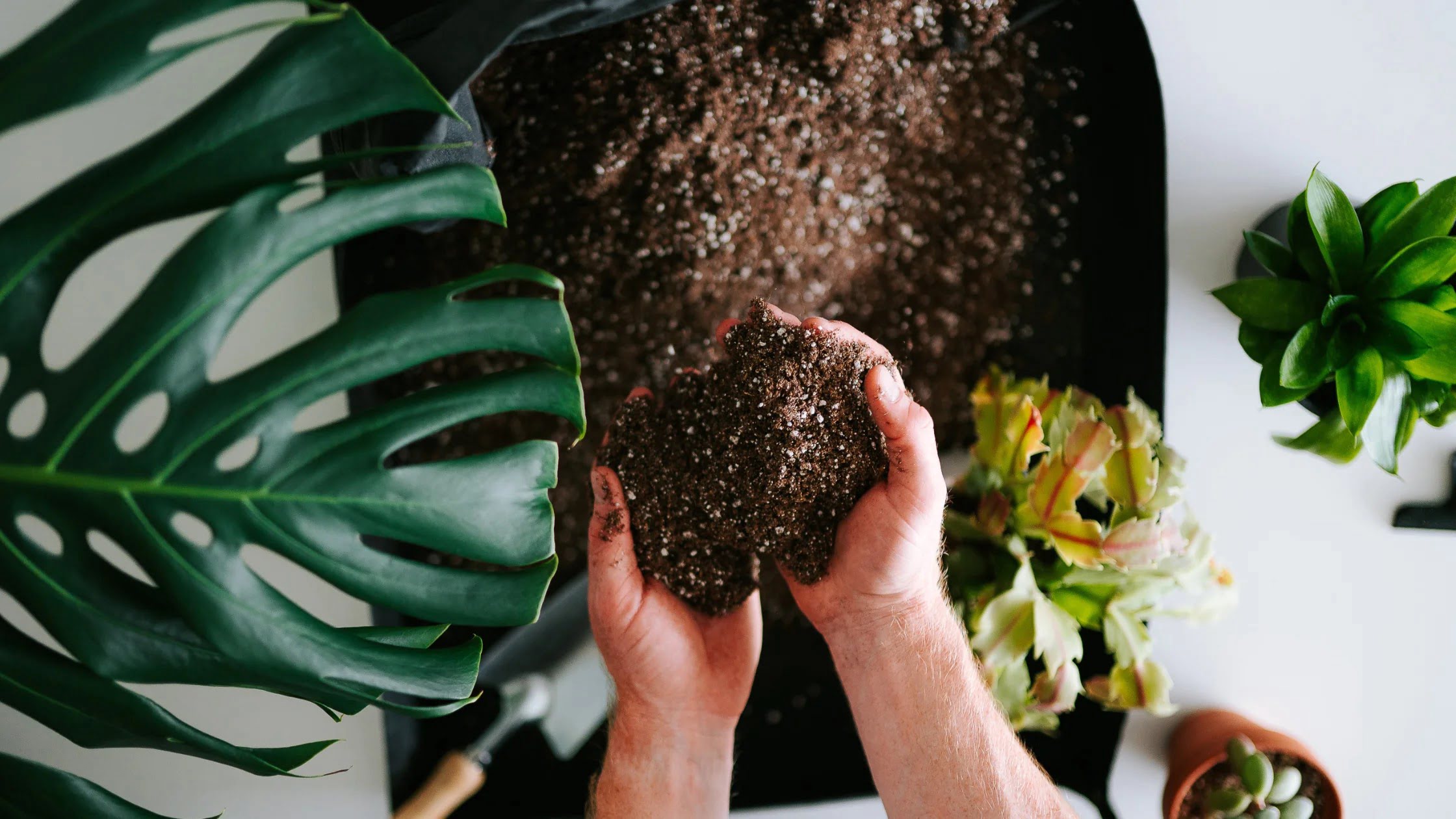
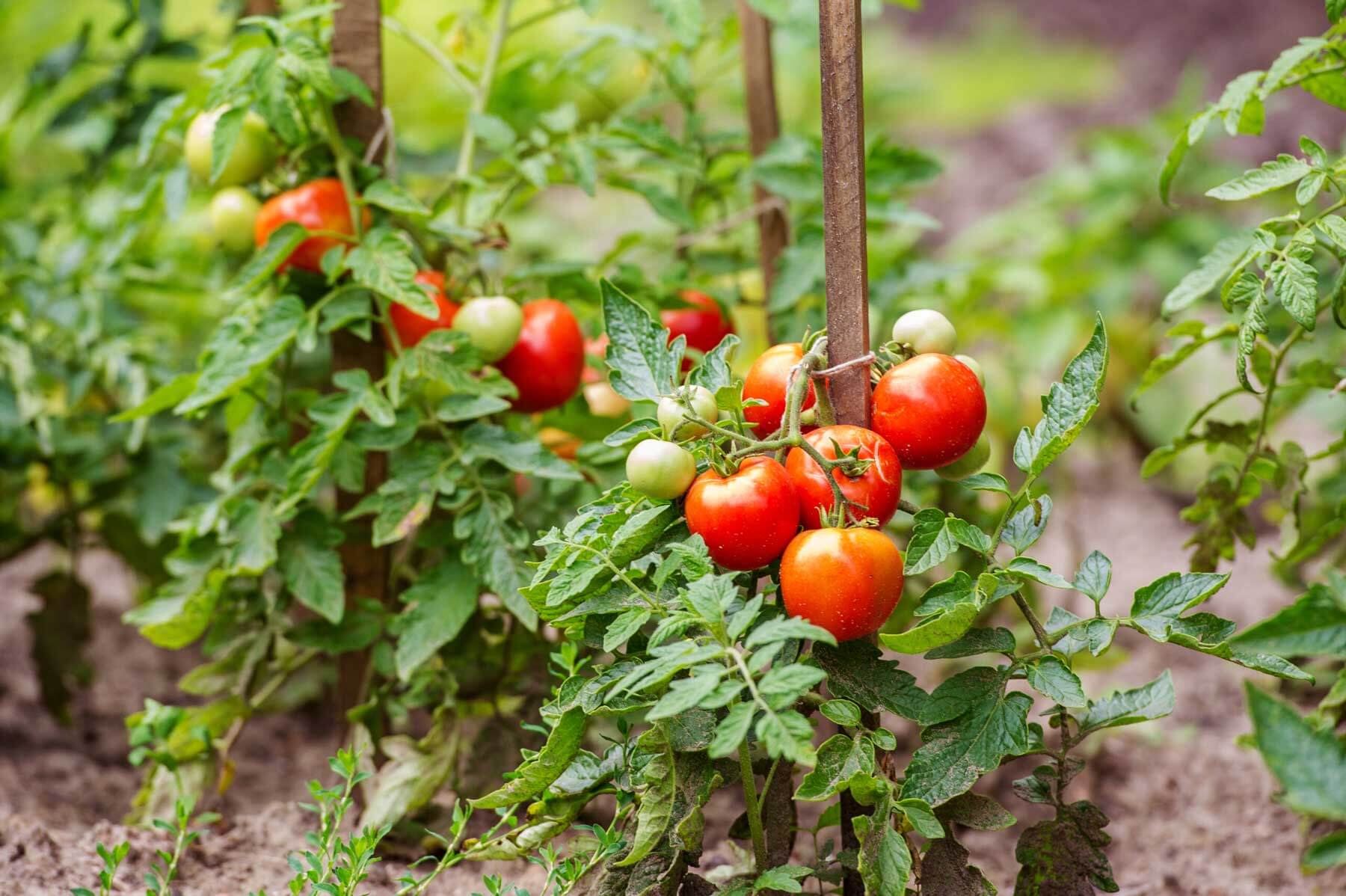

0 thoughts on “What Part Of The Plant Produces Seeds”